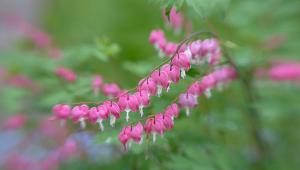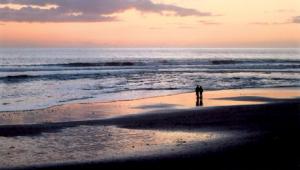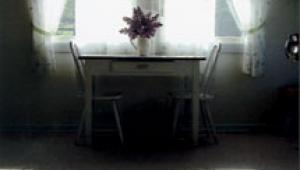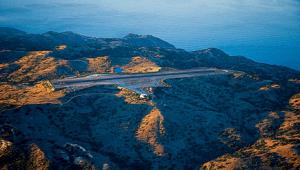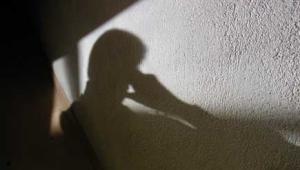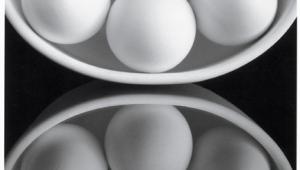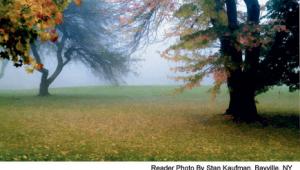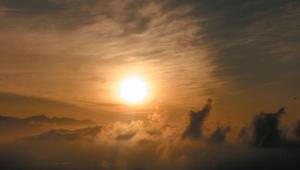To find the point where hypothesis and fact meet; the delicate equilibrium between dream and reality; the place where fantasy and earthly things are metamorphosed into a work of art; the hour when faith in the future becomes knowledge of the past; to lay down one's power for others in need; to shake off the old ordeal and get ready for the new; to question, knowing that never can the full answer be found; to accept uncertainties quietly, even our incomplete knowledge of God; this is what man's journey is about, I think.
Pro Style Subhankar Banerjee; Revealing The Beauty Of The Arctic Page 2
Banerjee's Photo Gear
· Cameras: Medium format Mamiya 645 ProTL for
photographing landscapes, 35mm Nikon F4S and FM2 when shooting during the winter,
and Nikon F5 during the summer months. For summer wildlife and bird photography
he used a Canon EOS-3
with a 600mm f/4.
· Film: Kodak E100VS during the winter, Fujichrome Provia
100F during the summer, and for photographing northern lights, he used Fujichrome
Provia 400F, pushed one stop.
· Tripod: Gitzo 340.
· Filters: Warming 81A or Warming 81A circular polarizing
filter to warm up the deep blue cast on landscapes during the winter. Occasionally
used a circular polarizing filter during the summer.
· Flash: Nikon SB-28 for fill flash when photographing
people (he also used the Nikon flash with his Mamiya 645).
· Lenses: Mamiya 22mm, 35mm, 45mm, 80mm, 150mm, and 500mm.
Used Nikon lenses ranging from 17mm--500mm. Occasionally, he used a 1.4x
teleconverter.
 |
|
|
Cold-Weather Survival Gear
"If I am not warm enough in the field, the photography becomes
meaningless," Banerjee stated in his book. He usually wore a heavy down
parka and down pants with 800-weight goose down and a sturdy lining. The hood
had a ruff made of wolf fur, which is commonly worn throughout the Arctic to
protect one's face during blizzard conditions.
He also wore a balaclava and liner gloves along with a hat. Over his liner gloves he wore sheepskin mittens filled with loose musk ox wool. He notes that wearing gloves was cumbersome, but he never took them off when using his camera because touching metal surfaces with bare fingers in -40° weather would result in frostbite.
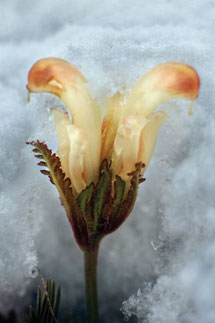 |
|
|
Banerjee used an extreme-weather down sleeping bag rated at -70° and slept in an Arctic Oven tent. He used interchangeable battery holders to keep his camera batteries warm, and kept two extra battery holders inside his parka.
 |
|
|
More Online
To see more of Subhanker Banerjee's work and to learn more about his excursion
to the Arctic National Wildlife Refuge, visit his website at: www.wwbphoto.com.
- Log in or register to post comments

